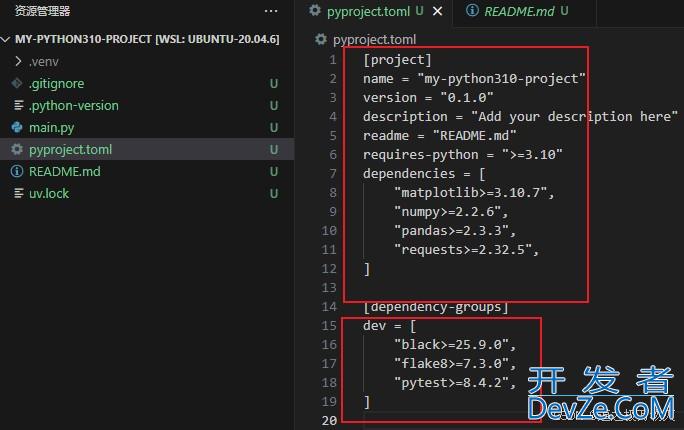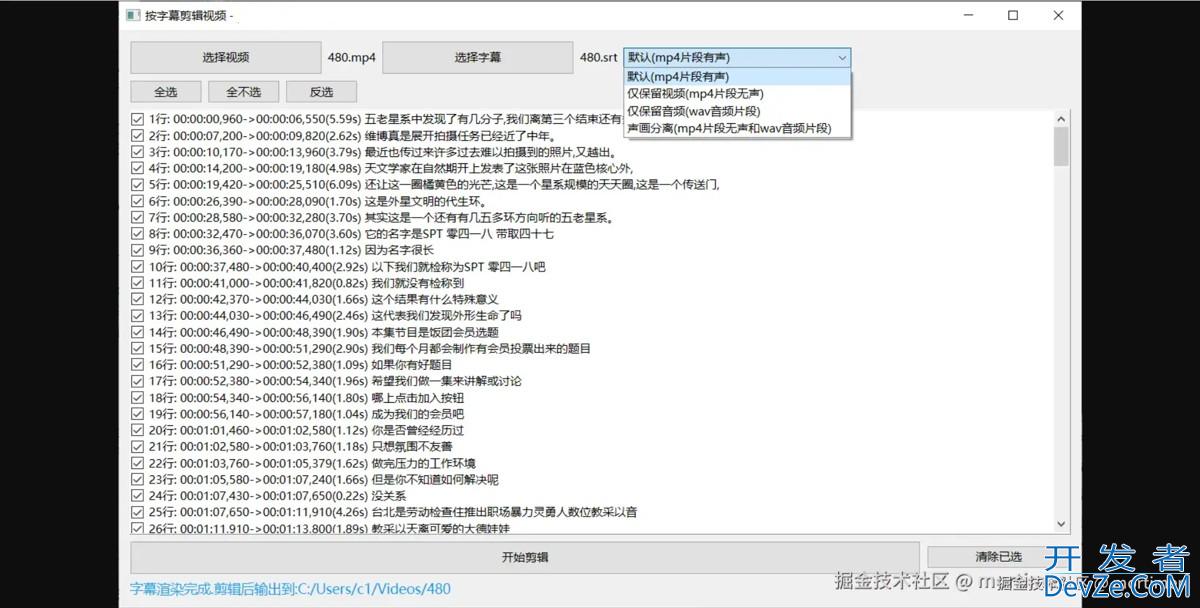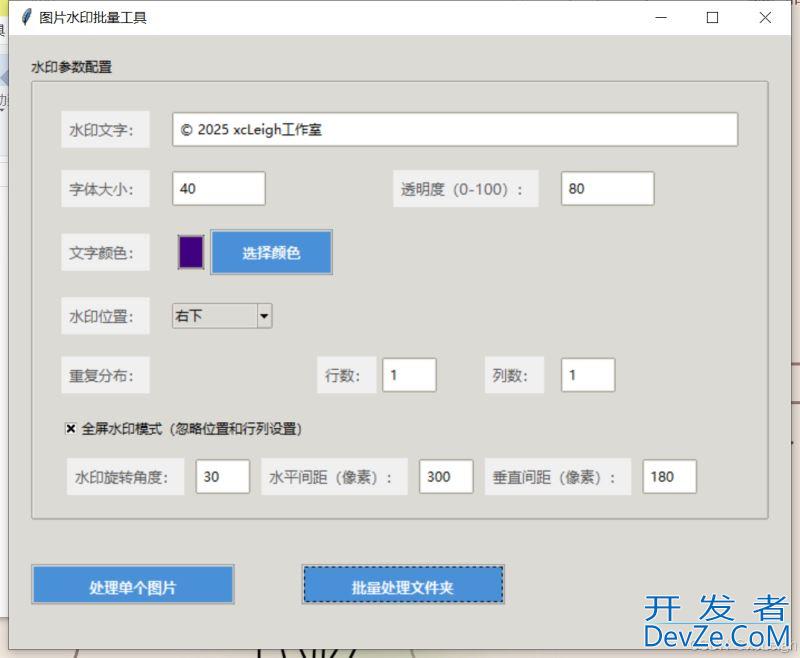目录
- 一、_func 单下划线开头 --口头私有变量
- 1.1、在模块中使用单下划线开头
- 1.2、在类中使用单下划线开头
- 二、__func 双下划线开头的函数 --私有变量
- 2.1、在模块中使用双下划线开头
- 2.2、在类中使用双下划线开头
- 三、前后都有双下划线 --特殊变量
一、_func 单下划线开头 --口头私有变量
1.1、在模块中使用单下划线开头
在python中,通过单下划线_来实现模块级别的私有化,变量除外。一般约定以单下划线开头的函数为模块私有的,也就是说from moduleName import * 将不会引入以单下划线开头的函数。模块中使用单下划线开头定义函数、全局变量和类均适用,但可以用:from module import _func形式单独导入。
实例如下:
lerarn_under_line.py
# coding=utf-8 course = "math" _credit = 4 def call_var(): print "course:%s" % course print "_credit:%d" % _credit def _call_var(): print "带下划线course:%s" % course print "带下划线_credit:%d" % _credit def __call_var(): print "带双下划线course:%s" % course print "带双下划线_credit:%d" % _credit
import lerarn_under_line
>>> import lerarn_under_line >>> lerarn_under_line.call_var <function call_var at 0x10aa61850> >>> lerarn_under_line.call_var() course:math _credit:4 >>> lerarn_under_line._call_var() # 单下划线可以调用 带下划线course:math 带下划线_credit:4 >>> >>> lerarn_under_line.__call_var() # 双下划线不可调用 Traceback (most recent call last): File "<stdin>", line 1, in <module> AttributeError: 'module' object has no attribute '__call_var'
from lerarn_under_line import *
>>> from lerarn_under_line import * >>> course 'math' >>> _credit Traceback (most recent call last): File "<stdin>", line 1, in <module> NameError: name '_credit' is not defined >>> call_var() course:math _credit:4 >>> _call_var() Traceback (most recent call last): File "<stdin>", line 1, in <module> NameError: name '_call_var' is not defined >>> __call_var() Traceback (most recent call last): File "<stdin>", line 1, in <module> NameError: name '__call_var' is not defined
from module import _func
>>> from lerarn_under_line import course >>> course 'math' >>> from lerarn_under_line import _credit >>> _credit 4 >>> from lerarn_under_line import call_var >>> call_var() course:math _credit:4 >>> from lerarn_under_line import _call_var >>> _call_var() 带下划线course:math 带下划线_credit:4 >>> from lerarn_under_line import __call_var >>> _编程客栈_call_var() 带双下划线cjsourse:math 带双下划线_credit:4
1.2、在类中使用单下划线开头
lerarn_under_line.py
class Course(object):
def __init__(self, name):
self.nameandroid = name
def credit(self):
if self.name == 'math':
print "%s的credit 为%d" % (self.name, 4)
else:
prinNjHBPDt "%s的credit 为%d" % (self.name, 2)
def _credit(self):
if self.name == 'math':
print "%s的credit 为%d" % (self.name, 4)
else:
print "%s的credit 为%d" % (self.name, 2)
def __credit(self):
if self.name == 'math':
print "%s的credit 为%d" % (self.name, 4)
else:
print "%s的credit 为%d" % (self.name, 2)
import lerarn_under_line
>>> import lerarn_under_line
>>> a=Course('math')
Traceback (most recent call last):
File "<stdin>", line 1, in <module>
NameError: name 'Course' is not defined
from lerarn_under_line import *
>>> from lerarn_under_line import *
>>> a=Course('math')
>>> a.credit()
math的credit 为4
>>> a._credit()
math的credit 为4
>>> a.__credit()
Traceback (most recent call last):
File "<stdin>", line 1, in <module>
AttributeError: 'Course' object has no attribute '__credit'
from lerarn_under_line import Course
>>> from lerarn_under_line import Course
>>> a=Course('math')
>>> a.__credit()
Traceback (most recent call last):
File "<stdin>", line 1, in <module>
AttributeError: 'Course' object has no attribute '__credit'
>>> a._credit()
math的credit 为4
>>> a.credit()
math的credit 为4
综上,单下划线开头的函数表示是口头实例私有变量,是可访问的,但是也不要随意访问,即所谓防君子不防小人。
二、__func 双下划线开头的函数 --私有变量
2.1、在模块中使用双下划线开头
在实例中,带双下划线的类变量、实例变量、方法不能被直接访问。但有办法间接访问。如1.1中的from module import __func
>>> from lerarn_under_line import * >>> __call_var() Traceback (most recent call last): File "<stdin>", line 1, in <module> NameError: name '__call_var' is not defined >>> import lerarn_under_line >>> lerarn_under_line.__call_var() # 双下划线不可调用 Traceback (most recent call last): File "<stdin>", line 1, in <module> AttributeError: 'module' object has no attribute '__call_var' >>> from lerarn_under_line import course >>> from lerarn_under_line import __call_var >>> __call_var() 带双下划线course:math 带双下划线_credit:4
2.2、在类中使用双下划线开头
- 在class类的内部,带双下划线的类变量、实例变量、方法具有正常访问权限。
- 在继承结构中,带双下划线的基类的类变量和实例变量不能被子类直接访问。
lerarn_under_line.py
class Course(object):
def __init__(self, name, _teacher, __classroom):
self.name = name
self._teacher = _teacher
self.__classroom = __classroom
def call_var(self):
print "name:%s" % self.name
print "_teacher:%s" % self._teacher
print "__classroom:%s" % self.__classroom
>>> import lerarn_under_line
>>> a = Course('math', 'zhangyu', 'juyiting') # 无法实例化
Traceback (most recent call last):
File "<stdin>", line 1, in <module>
NameError: name 'Course' is not defined
>>> from lerarn_under_line import *
>>> a = Course('math', 'zhangyu', 'juyiting')
>>> a.call_var()
name:math
_teacher:zhangyu
__classroom:juyiting
lerarn_under_line.py
class Course(object):
def __init__(self, name, _teacher, __classroom):
self.name = name
self._teacher = _teacher
self.__classroom = __classroom
def call_var(self):
pandroidrint "name:%s" % self.name
print "_teacher:%s" % self._teacher
print "__classroom:%s" % self.__classroom
class SonCourse(Course):
def __init__(self, name, _teacher, __classroom, time):
super(Course, self).__init__()
self.time = time
self.name = name
self.__classroom = self.__classroom
self._teacher = self._teacher
self.__classroom = self.__classroom
def call_son_var(self):
print "time:%s" % self.time
print "name:%s" % self.name
print "_teacher:%s" % self._teacher
print "__classroom:%s" % self.__classroom
>>> import lerarn_under_line
Traceback (most recent call last):
File "<stdin>", line 1, in <module>
File "lerarn_under_line.py", line 77, in <module>
b = SonCourse('math', 'zhangyu', 'juyiting', "12:00")
File "lerarn_under_line.py", line 63, in __init__
self.__classroom = self.__classroom
AttributeError: 'SonCourse' object has no attribute '_SonCourse__classroom'
>>> from lerarn_under_line import *
Traceback (most recent call last):
File "<stdin>", line 1, in <module>
File "lerarn_under_line.py", line 77, in <module>
b = SonCourse('math', 'zhangyu', 'juyiting', "12:00")
File "lerarn_under_line.py", line 63, in __init__
self.__classroom = self.__classroom
AttributeError: 'SonCourse' object has no attribute '_SonCourse__classroom'
>>> from lerarn_under_line import Course
Traceback (most recent call last):
File "<stdin>", line 1, in <module>
File "lerarn_under_line.py", line 77, in <module>
b = SonCourse('math', 'zhangyu', 'juyiting', "12:00")
File "lerarn_under_line.py", line 63, in __init__
self.__classroom = self.__classroom
AttributeError: 'SonCourse' object has no attribute '_SonCourse__classroom'
>>> from lerarn_under_line import sonCourse
Traceback (most recent call last):
File "<stdin>", line 1, in <module>
File "lerarn_under_line.py", line 77, in <module>
b = SonCourse('math', 'zhangyu', 'juyiting', "12:00")
File "lerarn_under_line.py", line 63, in __init__
self.__classroom = self.__classroom
AttributeError: 'SonCourse' object has no attribute '_SonCour开发者_Js入门se__classroom'
三、前后都有双下划线 --特殊变量
Python保留了有双前导和双末尾下划线的名称,用于特殊用途。 这样的例子有,init__对象构造函数,或__call — 它使得一个对象可以被调用。这些方法通常被称为神奇方法,最好避免在自己的程序中使用以双下划线开头和结尾的名称,以避免与将来Python语言的变化产生冲突。
常见方法:
| 方法 | 含义 |
|---|---|
| __str__ | 当将对象转换成字符串时会执行 |
| __init__ | 初始化方法,为对象变量赋值 |
| __new__ | 构造方法,创建一个对象 |
| __call__ | 在对象后面加括号会执行该方法 |
| __getattr__ | 当使用对象.属性时,若属性不存在会调用该方法 |
| __setattr__ | 当使用对象.属性 = 值,会调用该方法 |
| __iter__ | 类内部定义了该方法,对象就变成了可迭代对象 |
| __add__ | 当两个对象使用+号会调用该方法 |
| __enter__和__exit__ | 上下文管理 |
参考文档
1、https://blog.csdn.net/brucewong0516/article/details/79120841
2、http://t.zoukankan.com/one-tom-p-11749739.html
3、https://www.cnblogs.com/bryant24/p/11429653.html
4、https://blog.csdn.net/m0_58357932/article/details/121062461
5、https://www.likecs.com/show-308380836.html
到此这篇关于python 函数、变量中单下划线和双下划线的区别详解的文章就介绍到这了,更多相关python 单下划线和双下划线区别内容请搜索我们以前的文章或继续浏览下面的相关文章希望大家以后多多支持我们!








 加载中,请稍侯......
加载中,请稍侯......
精彩评论